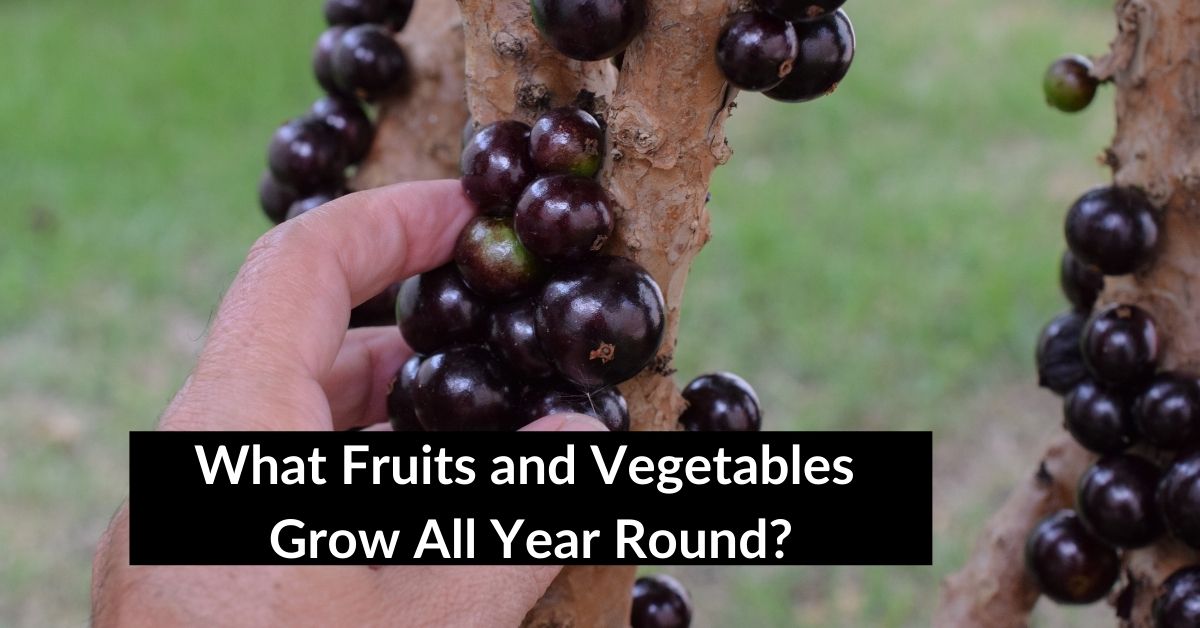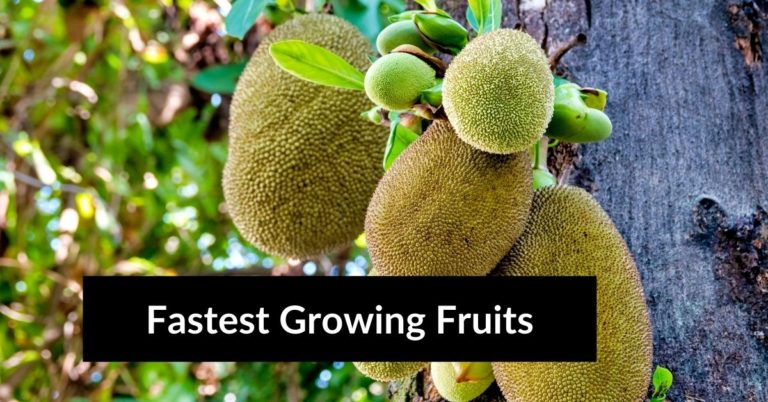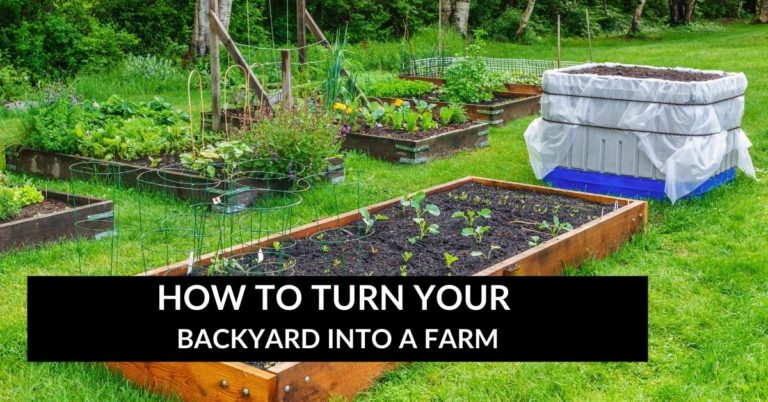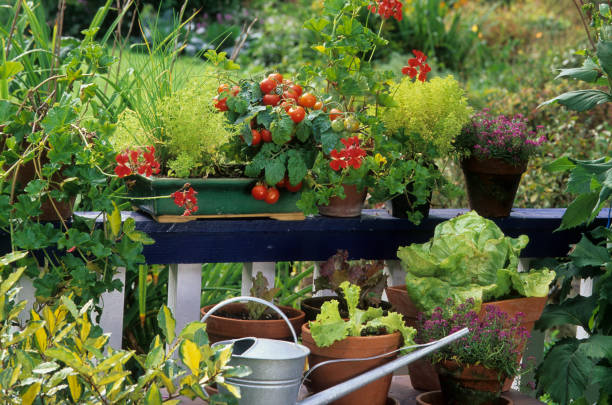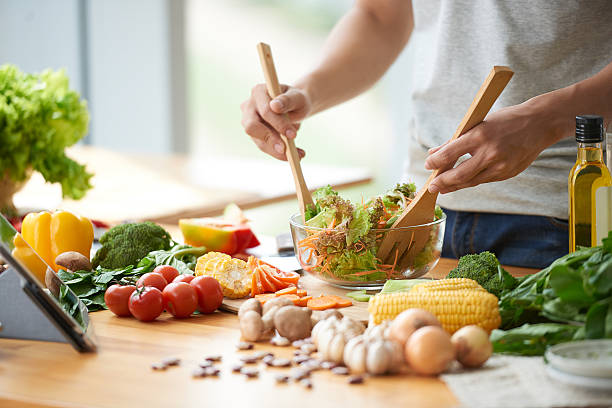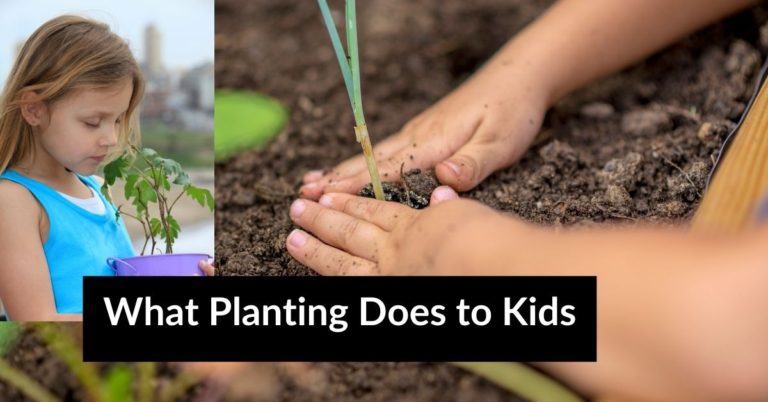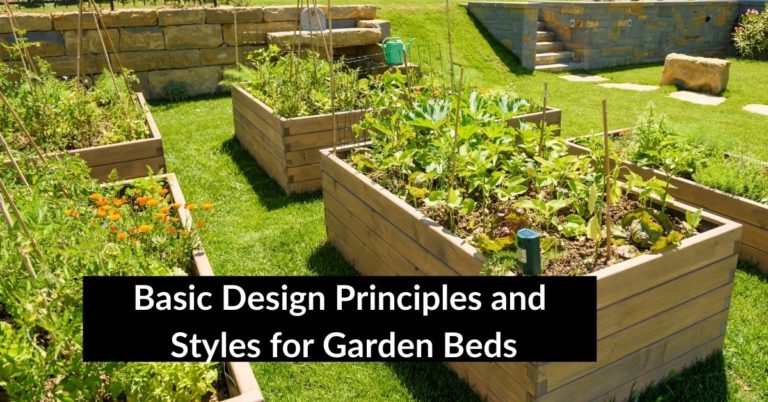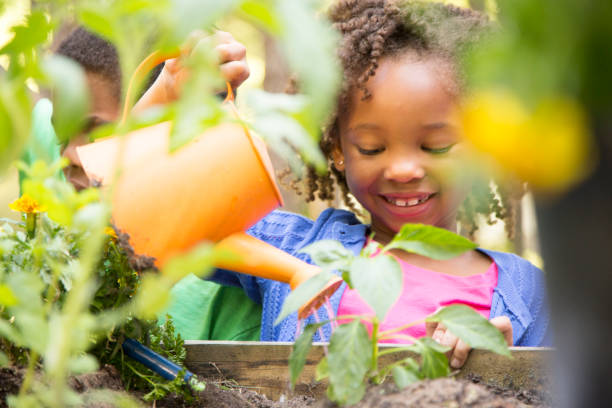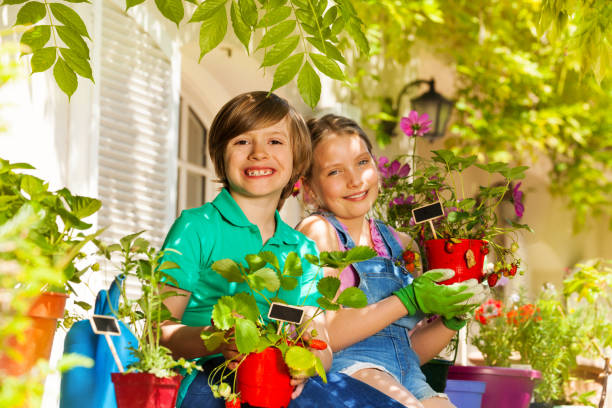What Fruits and Vegetables Grow All Year Round?
This post contains affiliate links. This means I will make a commission at no extra cost to you should you click through and make a purchase. Read the full disclosure here.Are you interested in maintaining a bountiful garden throughout the year? Growing fruits and vegetables that thrive in all seasons can be a rewarding and sustainable practice. By strategically selecting crops that can withstand different climate conditions, you can enjoy fresh produce straight from your garden no matter the time of year. In this article, we will explore a diverse range of fruits and vegetables that you can cultivate all year round, providing you with a continuous supply of nutritious and delicious homegrown goodness.
1. Introduction
Having a garden that produces fresh fruits and vegetables throughout the year is a dream for many gardening enthusiasts. Imagine plucking ripe tomatoes, juicy berries, and vibrant leafy greens whenever you desire, regardless of the season. By carefully selecting the right varieties and understanding their growth requirements, you can create an abundant and diverse garden that thrives all year round.
2. Benefits of Growing Fruits and Vegetables All Year Round
2.1. Nutritional Value: By growing your own fruits and vegetables, you can ensure a constant supply of fresh, nutrient-rich produce. Picking fruits and vegetables straight from your garden preserves their nutritional value, as they are not subjected to lengthy transportation and storage.
2.2. Cost Savings: Maintaining a year-round garden can significantly reduce your grocery bills. Instead of purchasing expensive produce that may have traveled long distances, you can harvest your own at a fraction of the cost.
2.3. Taste and Flavor: Homegrown fruits and vegetables tend to have superior taste and flavor compared to store-bought produce. The freshness and quality of garden-grown crops enhance the culinary experience and make every meal more enjoyable.
2.4. Sustainability: Growing your own food supports sustainable living. It reduces reliance on industrial agriculture, decreases food miles, and minimizes the use of pesticides and other harmful chemicals.
3. Fruits That Grow All Year Round
3.1. Citrus Fruits
Citrus fruits such as lemons, oranges, and grapefruits thrive in a variety of climates. They are known for their versatility in both flavor and use, making them a popular choice for year-round cultivation. In cooler regions, citrus trees can be grown in containers and brought indoors during frosty periods.
3.2. Berries
Certain berry varieties, such as strawberries and raspberries, can be grown all year round, depending on the climate. By selecting everbearing or day-neutral cultivars, you can enjoy a continuous harvest from spring to fall.
3.3. Apples
Apples are known for their adaptability to different climates. With proper care and the selection of disease-resistant cultivars suitable for your region, you can have a thriving apple tree that produces delicious fruits throughout the year.
3.4. Grapes
Grapes are another fruit that can be grown year-round, provided you choose the right cultivars and provide them with adequate sunlight and support. With proper pruning and training, grapevines can be a valuable addition to your garden.
3.5. Fig Trees
Fig trees are resilient and can thrive in both temperate and subtropical climates. They are known for their ability to bear fruit multiple times a year, offering a sweet and unique taste to your garden’s bounty.
4. Vegetables That Grow All Year Round
4.1. Leafy Greens
Leafy greens like spinach, lettuce, kale, and Swiss chard are excellent choices for year-round cultivation. These vegetables are cold-hardy and can withstand frost, allowing you to enjoy fresh salads and nutritious greens even in winter.
4.2. Root Vegetables
Root vegetables such as carrots, beets, radishes, and turnips have a long growing season and can be harvested throughout the year. They are resilient to cold temperatures and store well, providing you with a constant supply of wholesome ingredients for soups, stews, and other culinary delights.
4.3. Herbs
Many herbs, including basil, rosemary, thyme, and oregano, can be grown indoors or outdoors all year round. By having a dedicated herb garden or utilizing containers, you can add a burst of flavor to your dishes at any time.
4.4. Tomatoes
While tomatoes are typically associated with the warmer months, certain varieties are specifically bred for year-round cultivation. These cultivars can be grown in greenhouses or protected environments to extend the growing season and enjoy homegrown tomatoes throughout the year.
4.5. Peppers
Peppers, both sweet and spicy varieties, can be grown continuously in warm climates or in protected environments. With proper care and attention, you can have a steady supply of fresh peppers for cooking, pickling, or adding a kick to your favorite dishes.
4.6. Cucumbers
Cucumbers are fast-growing and prolific vegetables that can be grown all year round in certain regions. With trellises or vertical gardening techniques, you can maximize space and enjoy a consistent harvest of crunchy cucumbers.
4.7. Beans
Beans, such as green beans and snap peas, can be grown during different seasons depending on the variety and climate. With successive plantings, you can ensure a continuous yield of these versatile legumes.
4.8. Onions
Onions are cool-season crops that can be grown year-round in many regions. They provide a flavorful addition to various dishes and can be harvested at different stages for green onions or mature bulbs.
4.9. Garlic
Garlic is a hardy plant that can be grown in colder climates during the fall and winter seasons. By planting garlic cloves in the right conditions, you can enjoy a fresh supply of aromatic bulbs for cooking and health benefits.
4.10. Carrots
Carrots are known for their ability to withstand cold temperatures, making them suitable for year-round cultivation in many regions. With a variety of colors and sizes available, you can enjoy a rainbow of homegrown carrots in your garden.
5. Tips for Successful Year-Round Gardening
- Understand your local climate and select crops that are suitable for your region.
- Provide proper soil preparation and amend it with organic matter to ensure optimal plant growth.
- Consider using row covers, greenhouses, or other protective structures to extend the growing season.
- Implement crop rotation to prevent soil depletion and reduce the risk of pests and diseases.
- Monitor and adjust watering and fertilization practices according to each crop’s specific needs.
- Regularly prune, train, and manage plants to promote healthy growth and maximize yields.
- Stay vigilant against pests and diseases, using organic and sustainable methods of control whenever possible.
- Maintain a consistent gardening schedule, including sowing seeds, transplanting, and harvesting, to ensure a continuous supply of fresh produce.
6. Conclusion
Growing fruits and vegetables all year round is an achievable goal for any passionate gardener. By selecting the right crops, understanding their growth requirements, and implementing proper care techniques, you can create a diverse and fruitful garden that provides you with a continuous supply of fresh, homegrown produce. Not only does year-round gardening offer numerous health and cost-saving benefits, but it also allows you to connect with nature and enjoy the satisfaction of nurturing your own food.
7. FAQs
Can I grow fruits and vegetables all year round in any climate?
The ability to grow fruits and vegetables all year round depends on your specific climate and the crops you choose. While some crops are more adaptable to a wide range of climates, others may require specific conditions or protection during extreme weather. Researching suitable varieties and employing season extension techniques can help you achieve year-round gardening success.
How can I protect my plants during colder seasons?
To protect your plants during colder seasons, you can utilize various methods such as row covers, cloches, greenhouses, or cold frames. These structures help create a favorable microclimate and shield plants from frost and harsh weather conditions.
What are the advantages of growing your own food?
Growing your own food offers several advantages, including access to fresh and nutritious produce, cost savings, enhanced taste and flavor, and the opportunity to practice sustainable and self-sufficient living.
Are there specific herbs that can be grown indoors?
Yes, many herbs can be grown indoors, including basil, rosemary, thyme, oregano, and mint, among others. Providing sufficient light, proper drainage, and adequate watering are essential for successful indoor herb gardening.
How can I incorporate homegrown fruits and vegetables into my daily meals?
You can incorporate homegrown fruits and vegetables into your daily meals by adding them to salads, stir-fries, smoothies, soups, stews, or simply enjoying them as fresh snacks. The possibilities are endless, and experimenting with different recipes and cooking methods can make your homegrown produce the highlight of your culinary creations.

